Definitely-green pens & pencil, detail.jpeg
A picture to show the detail of these green pens’ caps & nibs.
The 1990/91 M800 has an ‘M’ nib that is marked with the ‘Eagle’s head’ French assay mark for 18k gold, and the Swiss(?) ‘PF’ stamp too;
The 1954 400 has one of the ‘script’ nibs, marked ‘F’
It has a beautifully-crisp italic grind, which is very similar to that of the ‘F’ nib on my modern Pilot Plumix - except that it also flexes a bit ![]()
Pelikan has not made nibs like this for decades now ![]() - so anyone who asks to borrow this pen or nib is, in essence, testing my fool-pitying skills
- so anyone who asks to borrow this pen or nib is, in essence, testing my fool-pitying skills ![]()
The 450 pencil is how I am confident that the 400 (& it) date to 1954.
I bought them as a set. Various elements on the pen indicate that it is from late 1953 or early 1954.
I assumed that the pencil would take leads of 1.18mm calibre, so paid a lot of money for some hand-made leads from Yard-o-Led, only to find that they won’t fit in to my 450! ![]()
I then bought some cheap 0.9mm calibre leads, and those do fit in to my 450.
I have downloaded a copy of the 1953 Pelikan catalogue. Only 1.18mm calibre leads are mentioned in it. So I doubt that my 450 dates to 1953.
I also have a downloaded copy of the 1955 Pelikan catalogue. That one mentions that there are two versions of the 450; one that takes 1.18mm calibre lead, and one that takes 0.9mm calibre leads.
- 890.77 kB
- 1600x1200


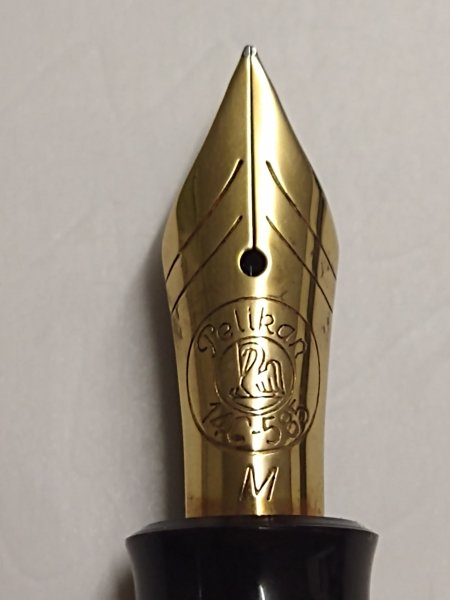



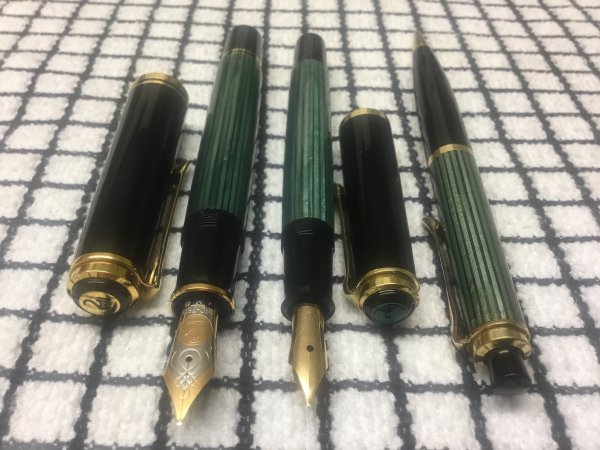
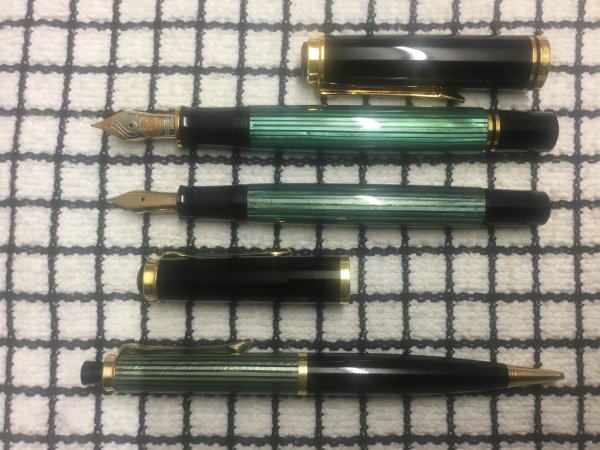
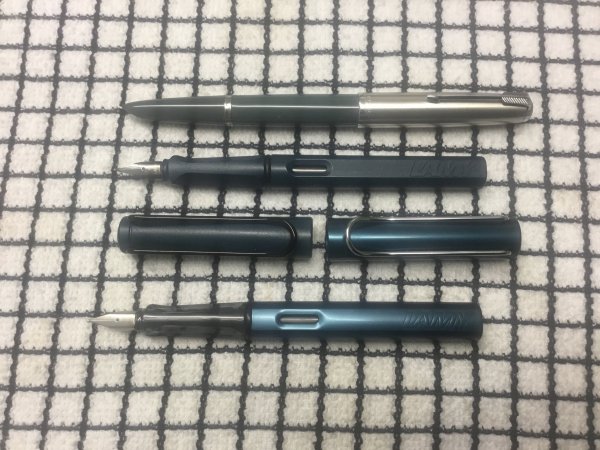
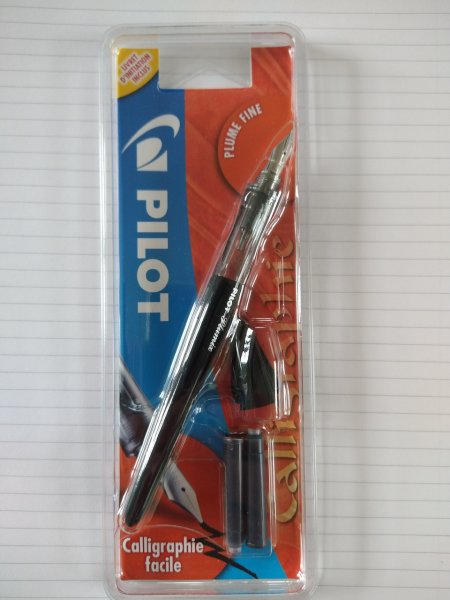
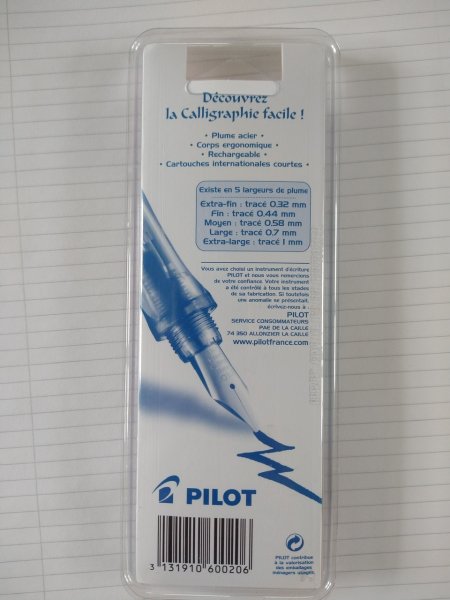

Recommended Comments
Create an account or sign in to comment
You need to be a member in order to leave a comment
Create an account
Sign up for a new account in our community. It's easy!
Register a new accountSign in
Already have an account? Sign in here.
Sign In Now